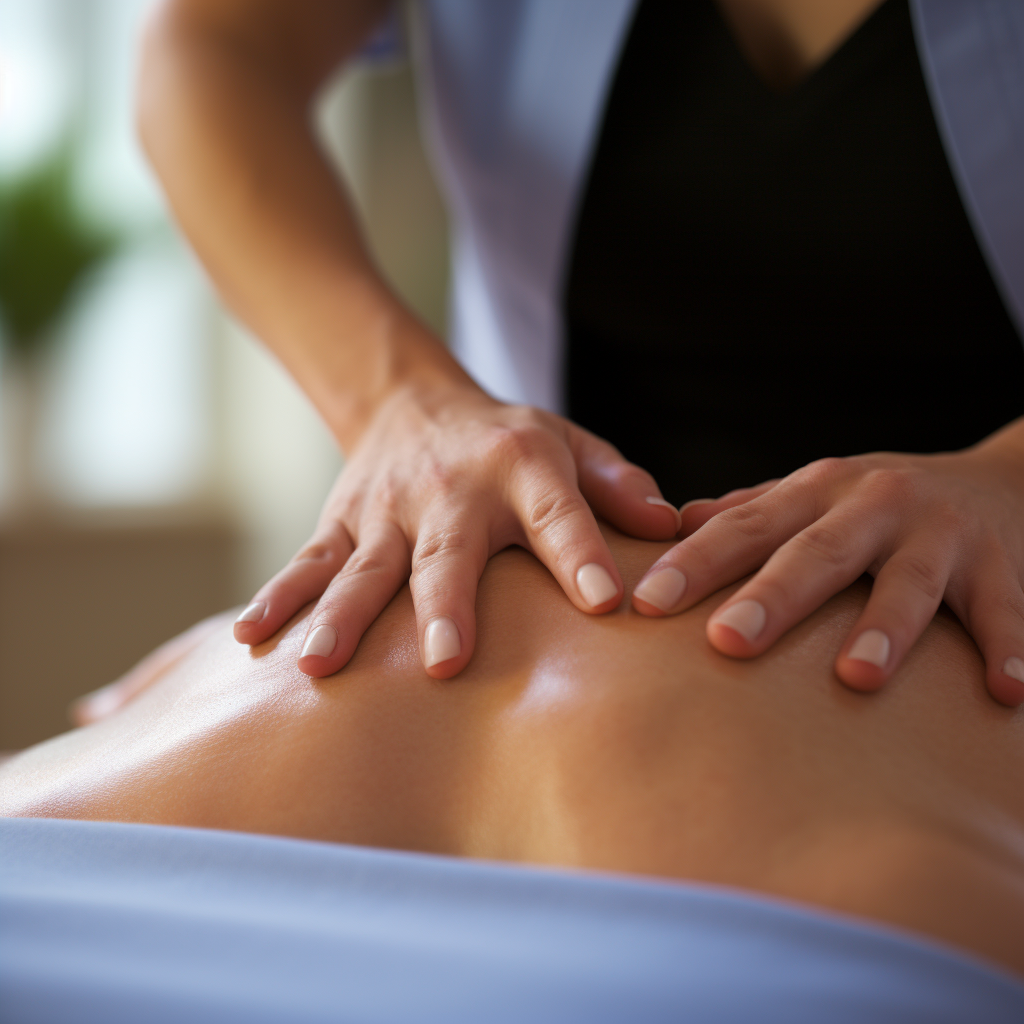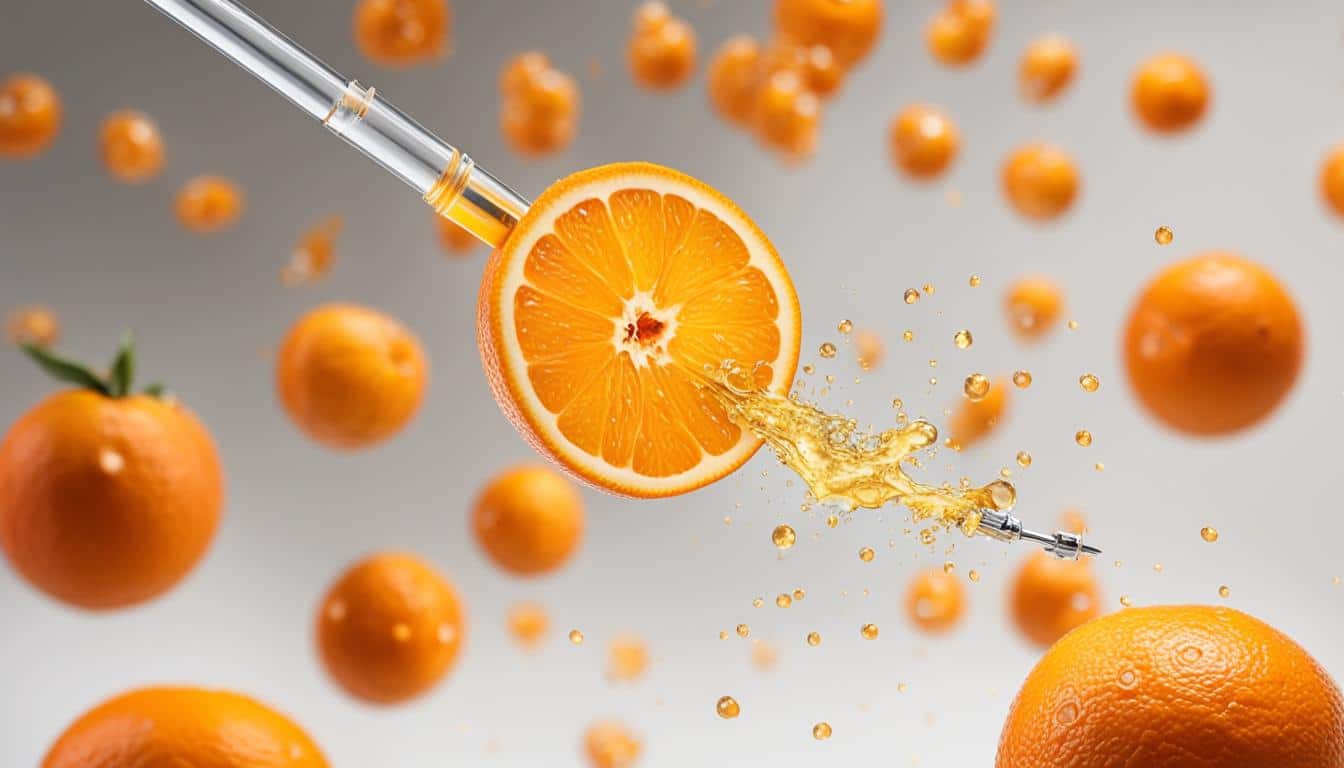Massage has long been a staple recovery tool for professional athletes and weekend warriors alike. But not all massages are created equal. Sports massage and deep tissue massage techniques can provide targeted benefits for boosting performance, preventing injury, and soothing sore muscles.
Discover how regular massage can help you recover faster, enhance your training, and stay at the top of your game.
How Massage Supports Athletic Performance
For athletes, massage is about more than just feeling relaxed and pampered. Strategic massage techniques can provide tangible physical benefits that translate directly to improved performance.
Faster Recovery After Workouts and Competition
Intense training and competition inevitably cause micro-tears in muscle tissues and localized inflammation. Massage helps speed the body’s natural recovery process by:
- Increasing blood flow to deliver fresh oxygen and nutrients to fatigued muscles.
- Flushing out waste products like lactic acid that build up during exercise.
- Promoting flexibility by stretching tight or overworked muscles.
Frequent massage allows athletes to bounce back quicker between training sessions rather than remaining sore and fatigued.
Reduced Muscle Tension and Enhanced Range of Motion
Athletes constantly push their muscles to the limit, which can lead to knots, stiffness, and restricted mobility. Massage addresses these issues by applying pressure to release muscle tension and trigger points.
Targeted massage also lengthens connective tissues to enhance overall range of motion. Improved flexibility and mobility translates to better performance and injury resilience.
Decreased Risk of Injury
Massage does more than just treat soreness – it can prevent injuries from occurring in the first place.
Massage maintains muscle balance across opposing muscle groups. Overdeveloped muscles are prone to strains and tears. Massage ensures all muscle groups are flexible and integrated.
In addition, massage promotes circulation to keep muscles loose and nimble. Tight, oxygen-deprived muscles are more susceptible to strains and cramps during activity.
For these reasons, pre-activity massage has become routine for many pro athletes.
Mental Stress Relief
Let’s not forget the mental benefits. Athletes are under immense pressure to constantly perform at elite levels. Massage offers a time to mentally detach and emerge with a refreshed, positive mindset.
The psychological effects cascade into the physical realm by reducing muscle tension caused by mental strain.
Now that you understand the primary perks, let’s explore how to strategically incorporate massage into your training and recovery regimen.
Types of Massage for Athletes
Not all massages are tailored specifically to athletes’ needs. Sports massage and clinical deep tissue massage use advanced techniques designed for physically active individuals.
Sports Massage
As the name implies, sports massages are customized to prepare the body for athletic activity or recover post-workout. Sessions prioritize flexibility, injury prevention, and performance enhancement.
Sports massage therapists assess muscle tension patterns and restrictions to pinpoint technique application. For example, they may concentrate on a sprinter’s hamstrings or swimmer’s shoulders based on common tight spots for their sports.
Sessions incorporate stretching and compression using kneading, rhythmic motions. Pressure remains relatively light to moderate. The goal is to reduce muscle tension and joint stress while increasing blood flow.
Sports massage is ideal leading up to competition or training for injury prevention. It’s also helpful during lighter training periods to develop flexibility.
Clinical Deep Tissue Massage
Whereas sports massages are energizing, clinical deep tissue massage focuses on working out knots and adhesions in chronically tight, injured, or overdeveloped muscles.
Using thumbs, knuckles, forearms, and elbows, therapists apply intense pressure while employing cross-fiber strokes. This breaks up restrictive scar tissue to realign collagen and enhance mobility.
As techniques penetrate the deeper layers of muscle and connective tissue, there may be moderate discomfort. However, the lasting effects are well worth it. Deep tissue massage provides longer-lasting pain relief and flexibility improvements compared to lighter massage.
Deep tissue massage is ideal during rest periods to remedy lingering tightness, strains, or imbalances. The recovery effects help athletes return to training at full capacity.
Target Areas to Focus Massage for Athletes
Every athlete develops “problem areas” in their body that take the biggest hit from training. Make sure your massage therapist knows your personal trouble spots to dedicate extra attention there.
Here are some common target zones for sports and deep tissue massage:
- Legs: Quadriceps, hamstrings, calves, and IT bands are prone to tightness and delayed onset muscle soreness (DOMS) after leg workouts. Massage helps keep these major muscle groups flexible and resilient.
- Shoulders: Shoulder impingement, rotator cuff pain, and restricted mobility are common overuse issues. Targeted massage alleviates achy shoulders.
- Back: The back muscles span a wide area prone to knots and spasms, especially the lower back. Massage alleviates back tension.
- Neck: Neck stiffness and pain often stem from hunched postures during training. Massage eases neck tightness to restore mobility and function.
- Feet: For athletes like runners, the feet take a beating and carry a lot of tension. Massage relieves plantar pain and loosens tight arches.
Focusing massage on your individual hot spots will provide the greatest benefits based on your training patterns and body mechanics. Avoid skipping over problem areas.

Focus massage on target areas like the shoulders and legs that commonly sustain overuse injuries and tension.
Ideal Timing for Sports Massage
One of the biggest questions for athletes new to massage is when to schedule sessions for optimal benefits. Here are some evidence-based guidelines:
- Pre-activity: Book a massage 1-2 days before a major competition or hard workout for injury prevention and increased flexibility. Avoid massage right before activity which can cause temporary muscle fatigue.
- Post-activity: Schedule massage 24-48 hours after intense workouts for optimal DOMS relief and enhanced recovery. Wait at least a day to allow acute inflammation to subside.
- Monthly maintenance: Aim for a monthly deep tissue massage during training periods to address accumulating muscle tension and imbalances.
- Off-seasons: Use the off-season for deep tissue work to remedy chronic issues and develop better posture and mobility baselines before ramping up training again.
The ideal scheduling comes down to your training cycle. Adapt your massage routine based on your season, peaking, rest periods, and developing issues.
Finding a Therapist Specialized in Massage for Athletes
Where you go for massage matters just as much as when you go. Seeking an advanced sports massage therapist ensures you receive customized, effective treatment. Here’s what to look for:
- Specialized training and credentials: Find a therapist formally trained in sports massage modalities, kinesiology, and injury treatment. Credentials like “CSCS” (Certified Strength and Conditioning Specialist) are a plus.
- Experience with athletes: Seek a therapist with ample experience working with athletic clients and their common issues. Review online testimonials.
- Assessment-driven: Opt for a therapist who takes time to thoroughly assess your mobility, posture, muscle tightness, training patterns, etc. to guide technique selection.
- Communication: Choose a therapist who explains what they’re doing, why it helps, and collaborates with you on your goals.
- Multi-modal approach: Seek someone who couples massage with stretching, exercise prescription, and lifestyle tips for comprehensive care.
Finding the right sports massage therapist may take some trial-and-error. But doing so is worth it for massage that truly supports your athletic goals.
Ready to Recover Smarter?
The science-backed benefits speak for themselves – consistent sports massage gives athletes an invaluable edge. Help your body heal, unlock your athletic potential, and continue competing at the highest level by integrating massage into your training.
Your body will thank you later.



